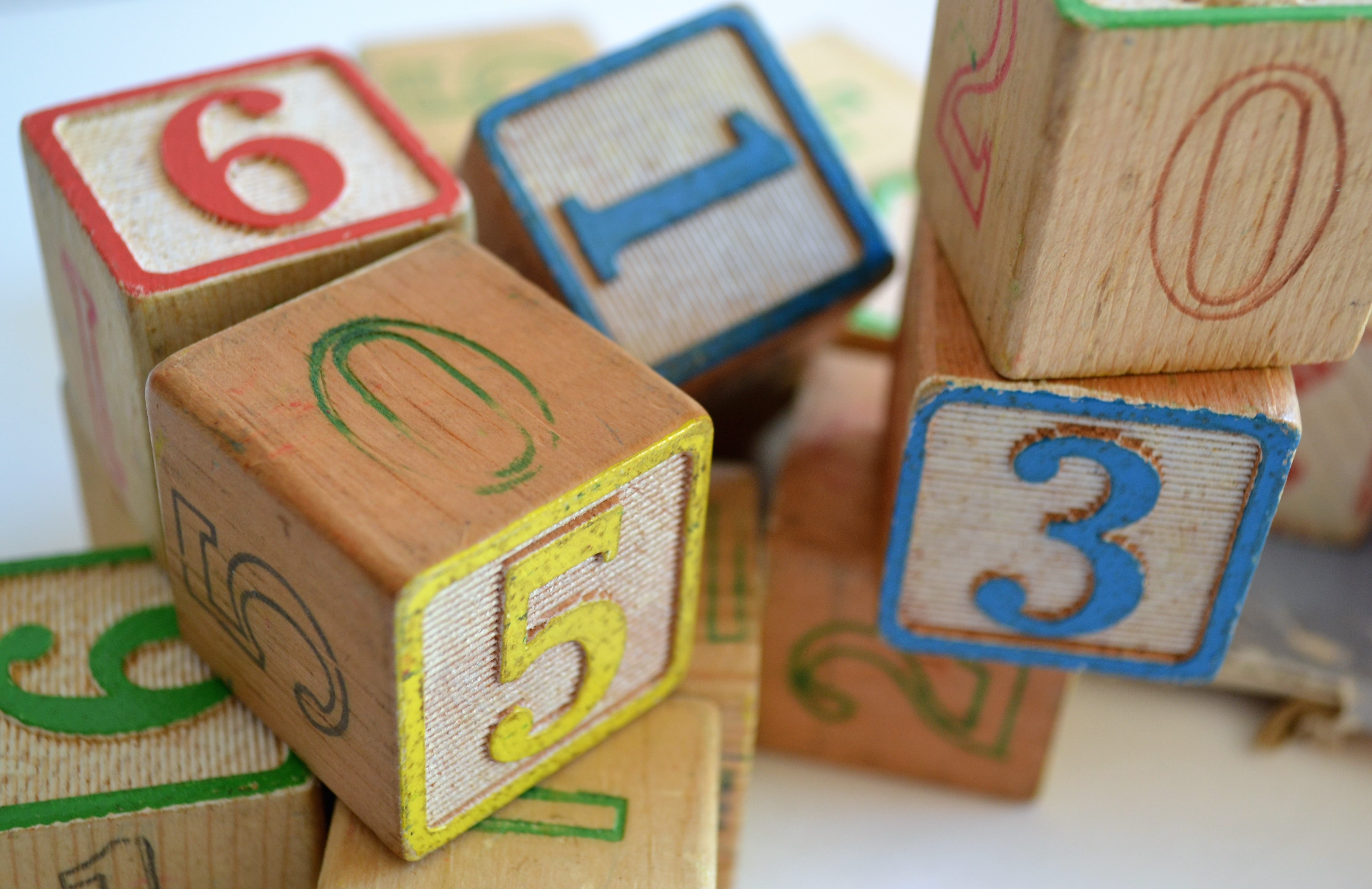The Pippinpotato Corner All things pippin and potato
Think in Terms of Scale Degrees, Not Just Notes
When you first start learning music, you learn note names. You learn how to read note names on a music staff and how to play the note on your instrument. When you learn a piece of music you learn it in terms of these note names. Take the tune “Someday My Prince Will Come” as an example: You would read this as the series of notes, F-Bb-F#-A-G-... Read more 10 Jul 2020 - 5 minute read
Harmonic Function of Rootless Chords in Solo Piano
It’s common to use rootless chords when playing with a bass—you don’t need to play the root because the bass is playing it for you. However, rootless chords can also be used in solo piano when there isn’t anyone else playing the root for you. In this solo piano context, the usage of rootless chords has a slightly different harmonic function than... Read more 09 Jul 2020 - 2 minute read
All About Diminished Chords
I love diminished seventh chords and you should too. The Chord Whole-Half Scale Alterations Relationship to the Dominant Chord Function of the Diminished Seventh Chord Usefulness in Reharmonizations Final Note The Chord The diminished seventh chord is four minor thirds stacked on top of each other. A unique trait of diminis... Read more 14 Jun 2020 - 5 minute read
Jazz Standard Breakdown: Autumn Leaves
In this article I will be going over a beginner’s breakdown to the jazz standard “Autumn Leaves.” If this is your first time going over a jazz standard, I suggest first skimming over How to Read a Lead Sheet. autumn-leaves.pdf Chords and Voice Leading Left Hand Comping Scales for Improvisation Improvisation Exercise/Embellishing the M... Read more 10 Jun 2020 - 4 minute read
How to Read a Lead Sheet
A lead sheet is what sheet music in jazz looks like. It consists of the melody and the name of the chords that make up the harmony. Sometimes there are lyrics too. This article won’t be about how to read music notes, but about how to interpret a lead sheet. We’ll be using the standard “All The Things You Are” for examples in this article. all-t... Read more 06 Jun 2020 - 5 minute read



